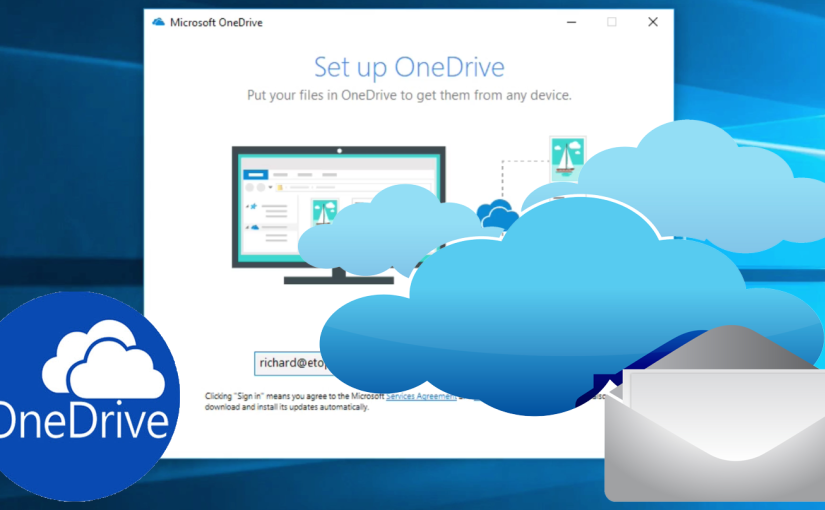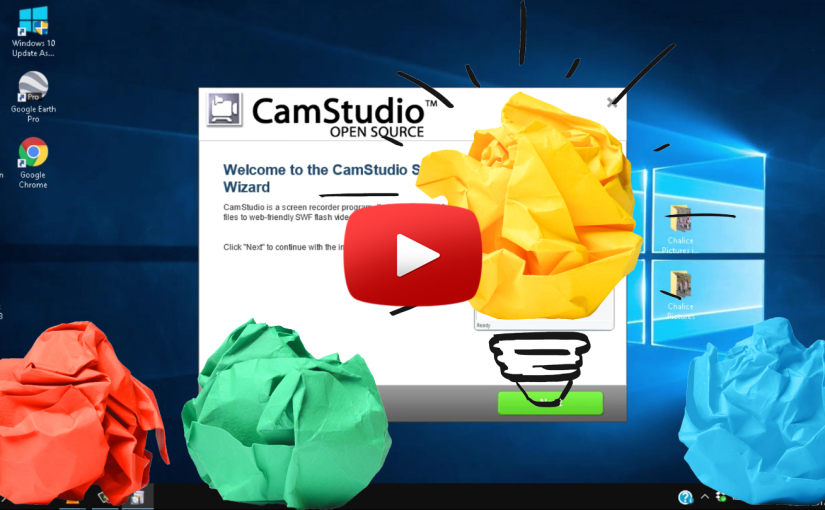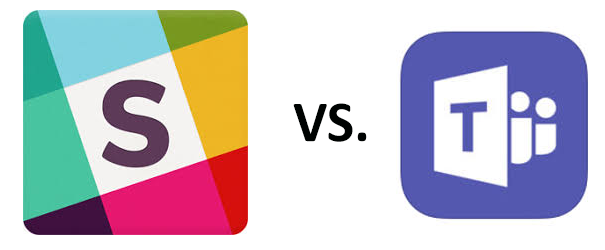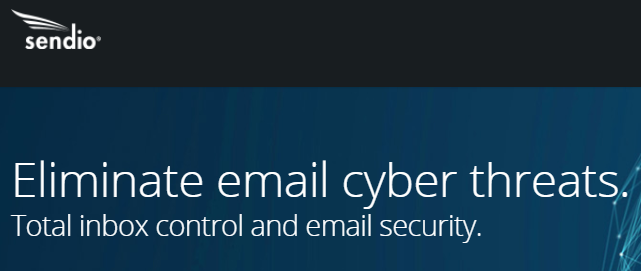Cyber Insurance with Multi-Factor Authentication
Boost Your Cyber Insurance with Multi-Factor Authentication (MFA) What’s MFA? MFA stands for Multi-Factor Authentication. It’s a way to make sure that you are who you say you are when you log in. You might get a text from your bank or a notification on your phone. It’s an extra step that keeps your accounts […]
Microsoft OneDrive For Beginners

Every Microsoft product is designed to drive collaboration and efficiency. Microsoft OneDrive is no exception. Built as a solution to match the emergence of products like DropBox, OneDrive is integrated into the Office 365 offering and works seamlessly with all Microsoft Office products. In this video, we will show you how to access and set […]
CamStudio Screen Recording

If you have tried to explain a complex computer problem to your technical support group and found it difficult to bridge the gap between English and all the technical jargon, you may find it easier to make a screen recording of the problem rather than sending a lengthy email. CamStudio is a great, free program […]
Learn how to use a VPN

You may have heard of, or even used, a virtual private network (VPN), but do you know what it is? A VPN is an encrypted tunnel through a wide area network (WAN), also known as the Internet. This means that the network does not have to be located in one physical location, unlike a local area network (LAN). […]
Microsoft OneNote for Beginners

Are you aware of all the applications that come with your Microsoft Office 365 subscription? Most people think of Office 365 as a hosted email service but don’t realize that it is much more than that. Depending on the subscription that you have, almost every Office application that Microsoft offers will be included and is […]
Automate using Automate.io and Microsoft Flow

Business today gets done through the technology that connects us. The problem is that no matter what, there will never be one master program that does everything we specifically need. We’re forced into optimizing our work lives through no less than a dozen applications that we ourselves string together. While this is still faster than […]
Use Chat For Internal Business Communication

Email was once considered the hub of communication for business, and for external correspondence, it generally still is. However, if you just need to have a quick conversation with someone on the other side of the office, email is clunky and slow. Fortunately, there is a new trend for internal business communication: chat services. There are a […]
Stop Ransomware In It’s Tracks

Today we are going to review a brilliant tool that stops ransomware and other spam in its tracks. It’s called Sendio Opt-Inbox, and it’s more than just antivirus and spam filtering; it’s all of that combined with two-factor authentication, meaning that if anyone sends you an email, a human has to verify that they sent that email to […]
How Businesses Should Think About Technology

It’s a common saying that every business needs a good accountant, banker, and lawyer to be successful. More recently, IT partners have been added to that list by many business owners because of the growing role that they play in keeping businesses moving forward. As technology takes over an increasing portion of business processes through automation, IT partners have […]
The Technical Logistics Of Moving A Company
Are you seeing a move in your company’s future? Even if you’re not actively planning one at this moment, eventually, you may have to move to a new location. As you’re probably well aware, this can be a logistical nightmare. As an IT partner, we work closely with our clients every time they have to move. We want to […]




